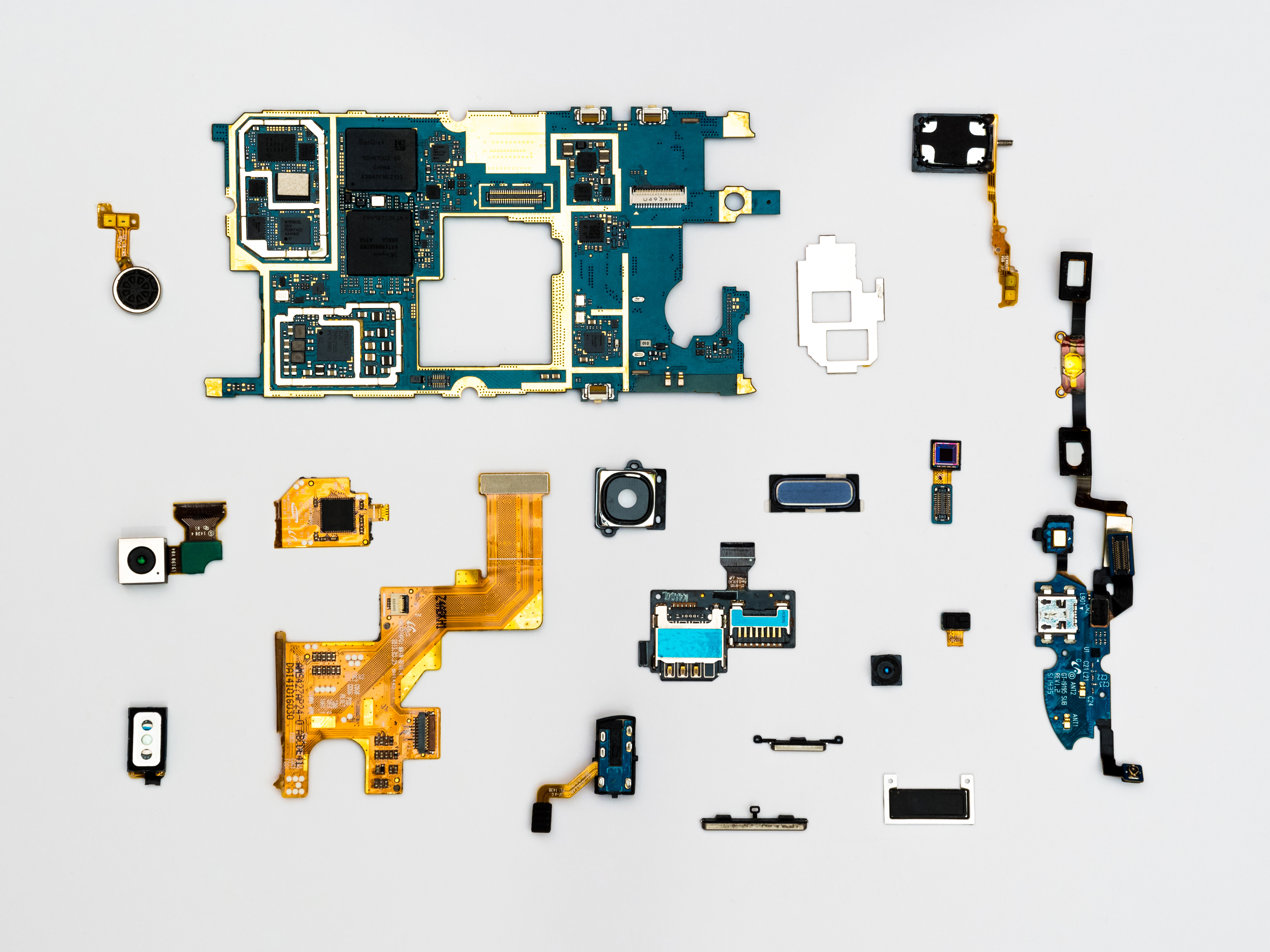Jobs of the future: Why humans are essential in an automated world
You have probably seen the headlines popping up a bit here and there. “The Workplace of the Future”, “The Future of Work”, and “Jobs of the Future”. The slightly secretive titles just almost promise a reveal – a look into the unknown. However, when you check the content, it is rarely Breaking News. Automation and AI are changing the way we work, but we have known that for years.
Notably, for such game-changing technology, little pluralism in opinion is expressed industry-setting. Sure, there are the skeptics, the optimists, the AI-ethics. However, the prevailing message that while jobs will disappear, others will be created or just altered a bit. And although no-one quite knows what the jobs of the future will look like, a lot of people are interested.
So, people have been researching what the jobs of the future will look like for some time. While automation is inevitable, one thing is clear: humans will still be essential in an increasingly automated world.

Human-driven machine-human interaction
Daughtery and Wilson truly emphasize the convergence of humans and machines in the workspace by dividing machine-human interaction into two types. In the first, humans enable machines. They train AI, help humans understand AI-made decisions to facilitate correct interpretations, and tackle AI-ethics to both uphold societal values and build trust and credibility in artificial intelligence.
One powerful assumption behind that is AI is here to help, but first humans have to help AI. Also, while AI can provide a lot of insight, businesses are likely to be a lot more reluctant to actually put any decision-making into the hands of AI. The point about decision-making becomes apparent especially in the second type of machine-human interaction, where machines argument humans.
The second type is probably more familiar. For example, machines will increase human capabilities with enhanced data-driven insights as AI is much faster than humans when it comes to recognizing patterns and running calculations. The pros: Humans will be able to manage unpredictability in their jobs more quickly.
Still, people are quite divided on if cutting route tasks is a good thing or not. On the one hand, you might get a more stimulating job. On the other hand: What jobs will disappear?
However, not everyone works behind a screen all day. How many data-driven insights do construction and retail workers individually translate into actions every day? Not that many? Well, in the future it might be a few. AI can, for example, equip voice interfaces or smart glasses with personalities suited for non-desk jobs. Or, for example, collaborate physically with humans and robots in factories and warehouses.
Jobs of the future: What to expect next
The whole section about machines augmenting humans seems to take for granted that it is humans that should adapt to technology – but that is not necessarily fully correct. Dizmo often refers to the citizen user and making technology human-literate. The citizen user might not have deep technical knowledge, but with the promises of AI and tech, they are increasingly able to interact with and make decisions with large data sets. One challenge, of course, is that humans overall need to be empowered with better knowledge of AI.
However, it is not only the average business person that will experience changes in their job. IT professionals will too, as business domain specialists are empowered with new technical tools. Identifying collaborative use cases for the two groups and facilitating that collaboration is also a challenge to tackle.
In Australia, success in workers shifting to new jobs utilizing transferrable skills has been highlighted. This is key – the skills we need to be effective in the workplace are changing. Furthermore, David Rubens states that while technology is changing the way we work, it is not leading to mass unemployment. In fact, the opposite – and that is not just a trend in Australia.
Similarly, in 2017 McKinsey estimated that Germany would experience a 21% decrease in labor demand for predictable physical work, and a 21% increase in managers and executives until 2030. The demand for care providers, creatives, professionals, and especially technology professionals is also expected to grow. That represents a significant increase in demand for the skill to be able to apply expertise – i.e. the previously mentioned domain specialists.
Our mission
So, what will the jobs of the future look like? This is clear: they will still employ humans. That said, a tech-savvy domain specialist that is able to collaborate closely with other specialists and IT professionals is in a slightly better position. Today, the best thing a business can to do future-proof its operations is to facilitate resources integrating and working together.
Dizmo is a front-end oriented integration platform and application development environment that can empower users with AI capabilities. As a high-productivity platform, our priority is to make the development of integration tools faster, and decision-making more precise.

One thought on “Jobs of the future: Why humans are essential in an automated world”